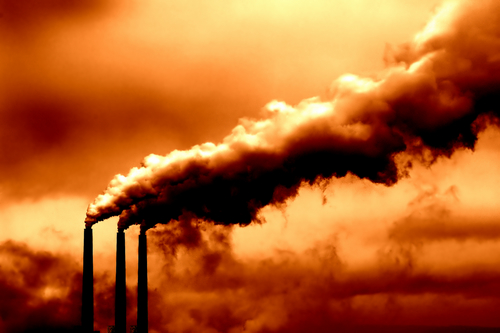This month, Fast Company featured a great story on how Visa protects its data. As you may remember, a payment processor partner of Visa, Heartland Payment Systems, got the whole sector in trouble when hackers infiltrated its system and exposed the financial data of well over 100 million credit and debit cardholders. At the time, it was the largest data breach in history.
And given the sensitivity of the info, it was a wake-up call for the entire industry.
Not that most have lagged on data protection. As Visa’s global systems head Rick Knight states, its whole business is tied to protecting its operations. “Most people think of us as a financial institution, but the network is the brand. If it goes down, lives are on the line.”
The whole article, which is a “rare” look behind curtain of the credit card giant’s “top secret” security center, is worth reading. But what really caught my eye was the side piece on a few of the most quirky scenarios Visa has prepared for. It’s both fascinating and a great reminder that there are a lot disaster that your company could probably be planning for.
That Anthrax plan is genius.
1. Out-of-control backhoes!
Four conduits bring electricity into the building, so if a nearby backhoe takes out one, the Visa network will keep humming.2. Electric surges!
Every pod has two rooms with uninterruptible power supplies to condition the power coming in and make sure there are no system-threatening surges.online pharmacy arimidex with best prices today in the USA3. Total blackouts!
Each pod has two rooms with 1,000 heavy-duty batteries each, enough to turn the pod into the world’s largest laptop computer for 30 minutes.4. Natural disasters!
Each pod has two massive diesel generators, capable of generating 4 megawatts of power.online pharmacy xenical with best prices today in the USAThey had to be heavily soundproofed– including 3-foot-wide mufflers–so they wouldn’t violate county noise regulations.
online pharmacy paxil with best prices today in the USA5. Anthrax copycats!
Visa’s [operations center] has no mail room. Mail goes to a modular building nearby. That way, if a suspicious powder arrives, the mail room can just be airlifted away.






